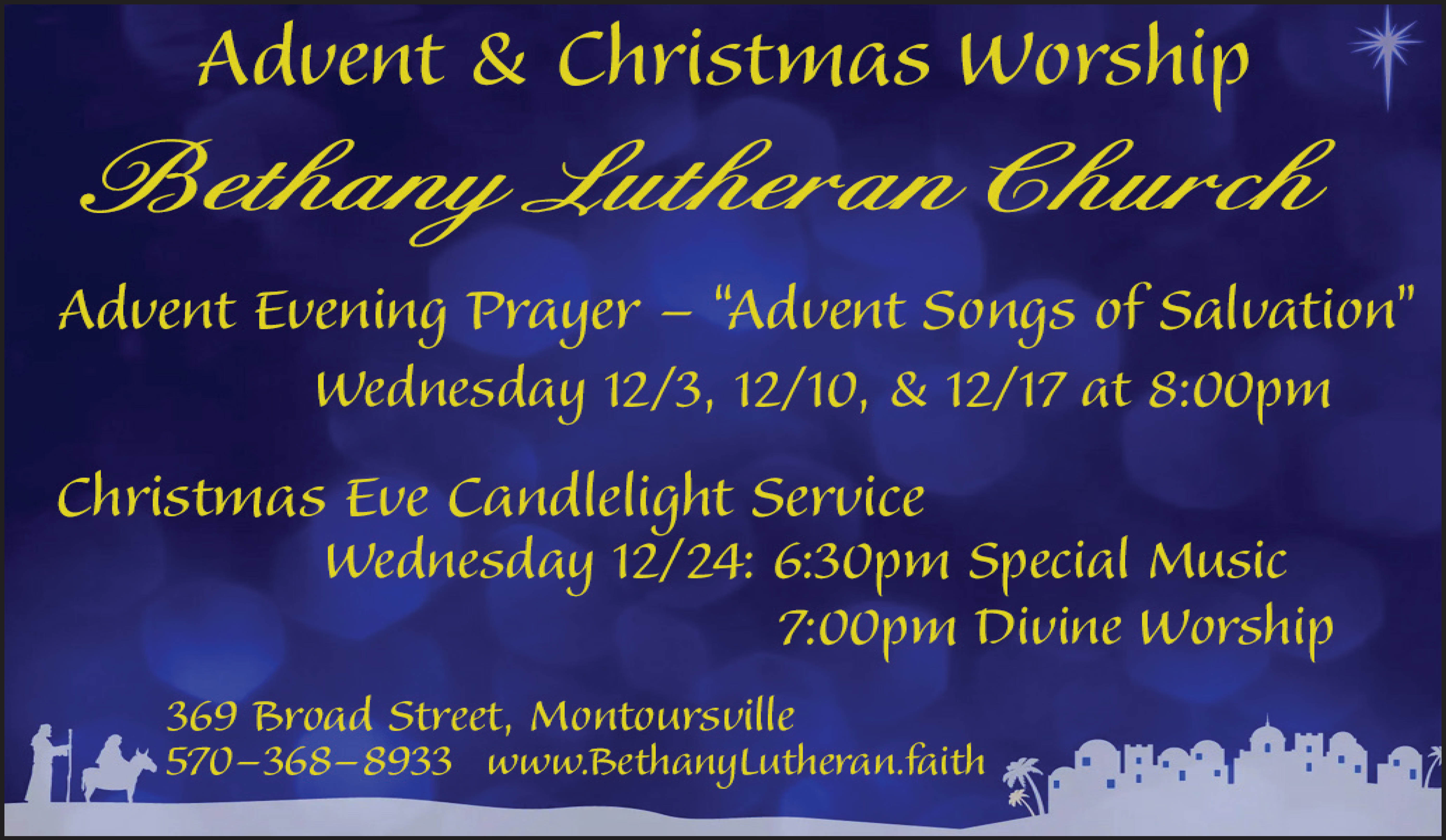It is what every archery deer hunter has been waiting for. Whether it is further defined as “the pre-rut,” “the rut” or “the post-rut,” we are now moving into the days when the activity level of deer has begun to rise. Reports from sportsmen from Lycoming and surrounding counties tell us that deer activity is on the upswing. There are more and more sightings of fresh rubs and new scrapes, as well as more observations of bucks on the trail of does. Now is the time to spend every available hour you can in the woods if you have hopes of spotting bigger bucks in pursuit of receptive does.
Hunt food sources when possible. If you haven’t yet located any scrape lines or rub lines, then focus on areas where the does will be spending their time feeding. Standing cornfields, old apple orchards, fields heavy in clover are good spots. In the wooded areas, spend your time where the oak trees are the dominant species — particularly the white oak, as its acorns are the preferred acorns for deer.
Once you have located a scrape line or rub line, focus on these areas as here is where the bucks will be traveling in search of does that have come into estrus and are ready to breed. Food is less important to a buck at this stage as he is concentrating his energy on locating and breeding during the rut. You will see does in feeding areas now and the occasional buck may be with her, but in the area of scrapes and rubs is where the greater activity will occur.
Maximize your time in your ground blind or tree stand. While the deer will still be most active in early morning and late afternoon hours, they will be moving throughout the day. Even the bigger bucks will move throughout the day now when there are receptive does nearby. Rainy days will be just as productive as clear sky days during the rut. The bucks are focused on one thing, and inclement weather simply doesn’t matter to them now.
Doe-in-heat scents, antler rattling, and grunt calling can all be effective during the rut. The key is to simply not overdo it. Occasional or intermittent rattling or the once-in-awhile grunt call can pique the interest of a buck that is moving through your area and is within earshot of your stand. Again, the key is not to overdo it. Doe-in-heat scents are effective, especially with a gentle and steady wind to carry the scent. One of the more popular ways to present the scent is to use a dragline. Dowse a cloth with scent and drag it behind you on the way to your stand or blind. Any buck crossing the scent line will tend to follow it to locate the receptive doe.
CAUTION: Watch out for increased deer activity along our highways! Along with the rut, this is when does that have yearlings will chase away the young deer in preparation to be bred again. These yearlings will be wandering into new areas to find a new home. Additionally, as the bucks are following does, and sometimes chasing them, they often race across major highways and back roads, completely oblivious to oncoming traffic. While this rutting activity continues over the next several weeks, motorists should use extra caution, slow down and be more alert everywhere, not just in areas of known deer crossings. According to a 2018 report, Pennsylvania remained third in the nation for collisions with deer or other large animals.
The next week or so will provide your best opportunity to encounter that buck-of-a-lifetime we daydream about. Maximizing your time at your stand will greatly improve your chances — just be cautious that your encounter is not on the highway and involving your vehicle! Good Luck!




Leave a Comment
Your email address will not be published. Required fields are marked with *